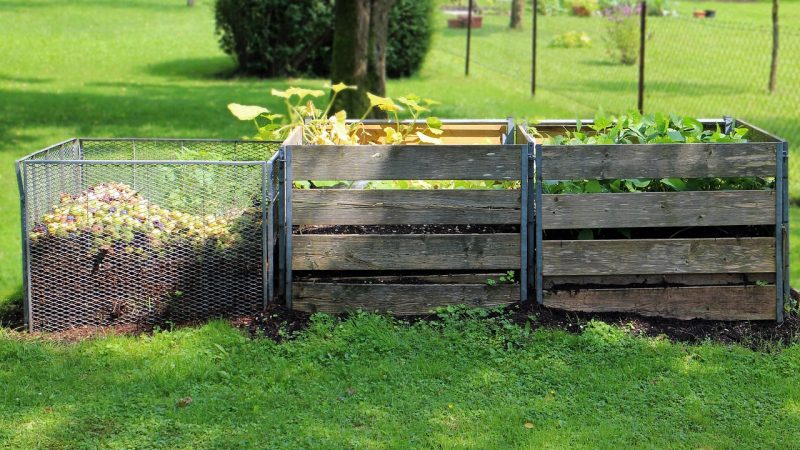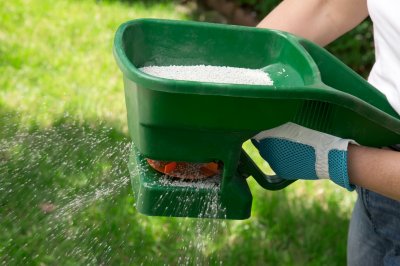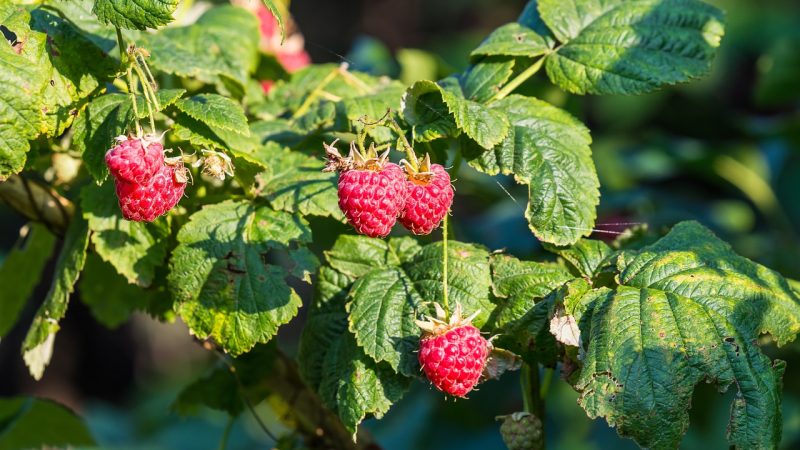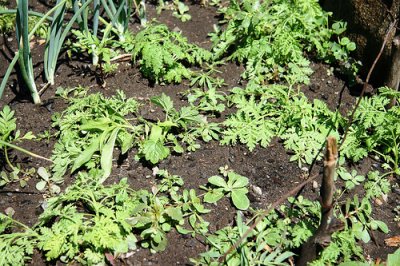Weed control is an essential aspect of maintaining a healthy garden or landscape. Weeds compete with your desired plants for nutrients, water, and sunlight, and if left unchecked, they can quickly overtake your garden. Here are some effective weed control tips to help you keep your garden weed-free:
- Mulching: As mentioned earlier, using organic mulch like grass clippings, straw, wood chips, or shredded leaves can help suppress weed growth by blocking sunlight and smothering weed seedlings. Apply a layer of mulch around your plants, leaving space around the stems to prevent rot.
- Hand Pulling: Regularly inspect your garden and hand-pull weeds when they are small and easy to remove. Be sure to remove the entire weed, including the root, to prevent regrowth.
- Timing: Pull weeds after watering or rain when the soil is moist. Weeds are easier to remove when the soil is damp because their roots are more pliable.
- Use Garden Tools: For stubborn weeds or those with deep taproots, use a weeding tool like a hand weeder, dandelion digger, or hoe to help remove them more easily.
- Cultivation: Use a hoe to cultivate the soil between rows and in garden beds to disrupt weed growth. Be careful not to disturb the roots of your desired plants.
- Preventive Measures: To prevent weed seeds from germinating, use a pre-emergent herbicide. This type of herbicide creates a barrier on the soil surface that prevents weed seeds from sprouting.
- Avoid Soil Disturbance: When planting or working in your garden, avoid deep soil disturbance, as this can bring buried weed seeds to the surface and promote weed growth.
- Regular Maintenance: Regularly maintain your garden by weeding and removing any new weed growth. Consistency is key to preventing weeds from getting out of control.
- Edging: Keep garden edges well-defined to prevent creeping weeds from entering your garden from neighboring areas.
- Cover Crops: Consider planting cover crops during the off-season to smother weeds and improve soil health.
- Chemical Herbicides: If necessary, you can use chemical herbicides as a last resort. However, use them with caution, following the manufacturer’s instructions, and only use selective herbicides that target specific weeds without harming your desired plants.
- Landscape Fabric: In certain areas, like paths or under decks, you can use landscape fabric to suppress weed growth while allowing water to pass through.
Remember that different strategies may be more effective depending on the type of weeds in your garden and your gardening practices. Integrated weed management, which combines several methods, is often the most successful approach. By implementing these weed control tips, you can keep your garden healthy and thriving while minimizing the impact of pesky weeds.







